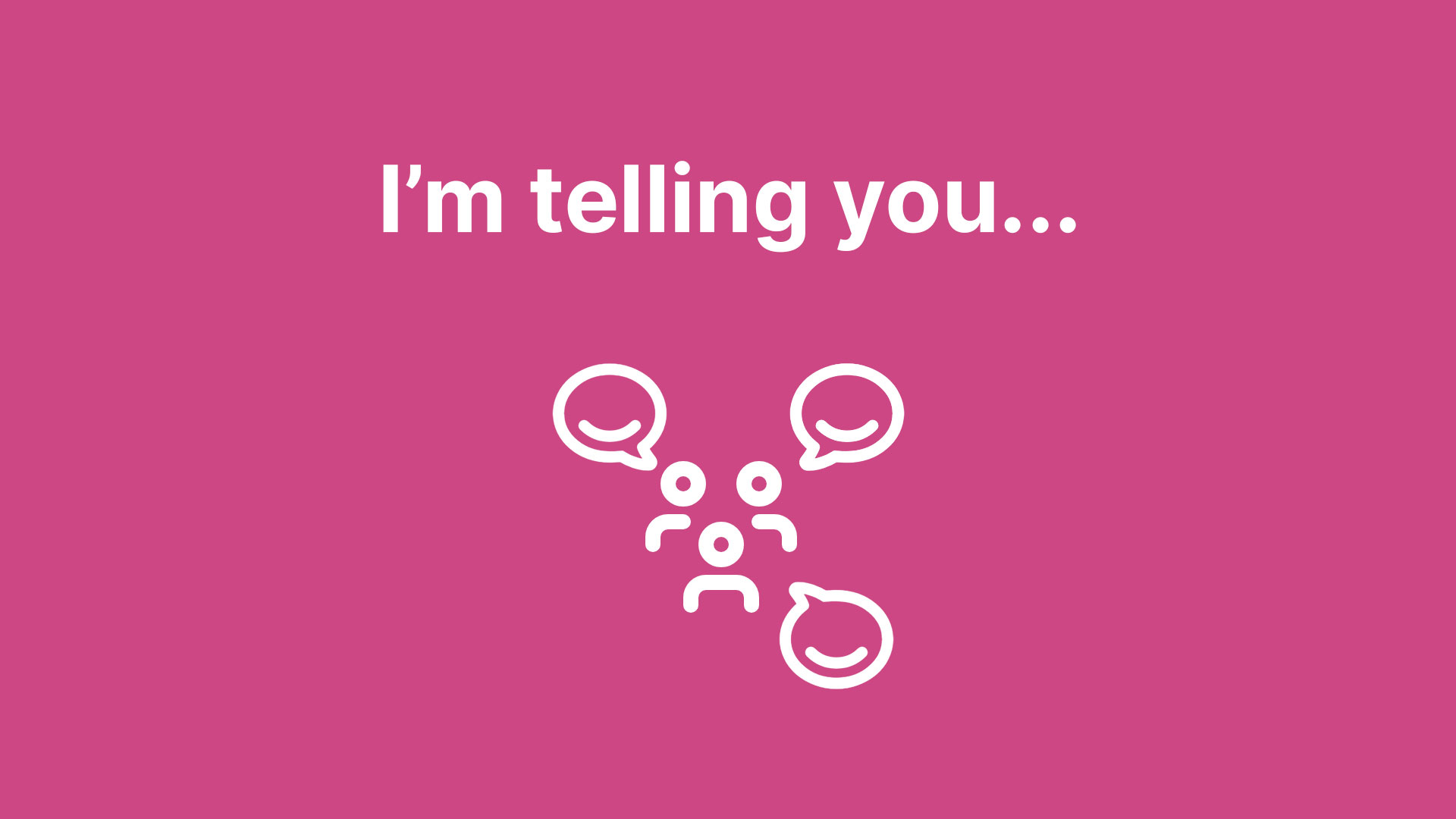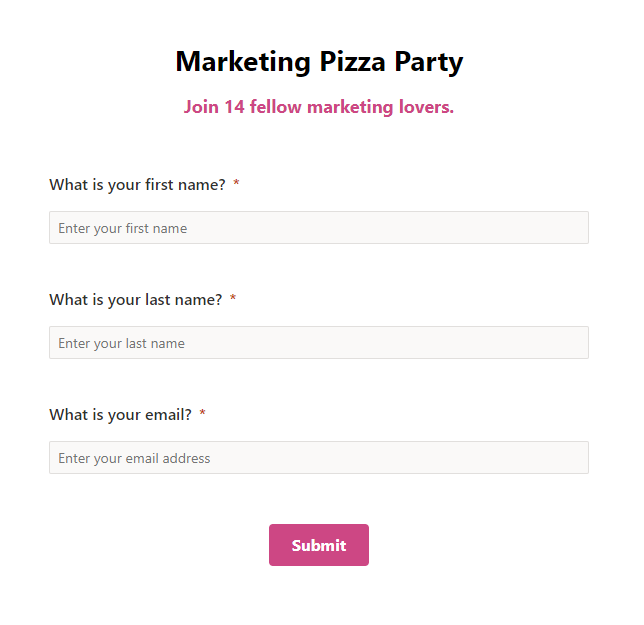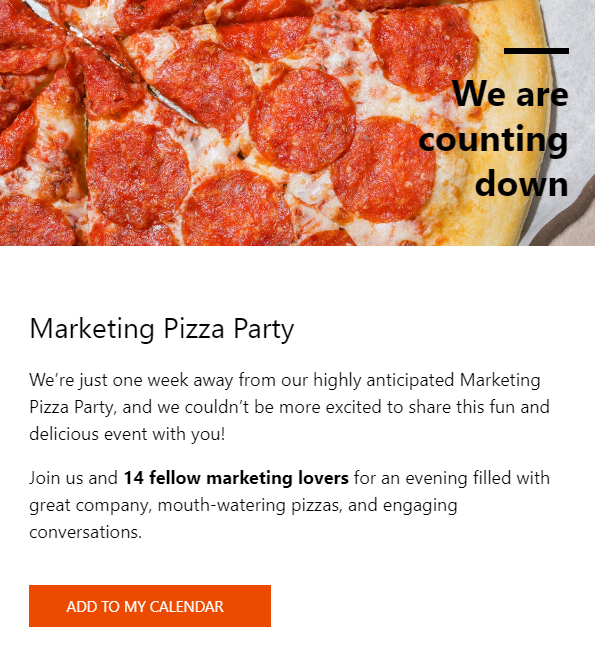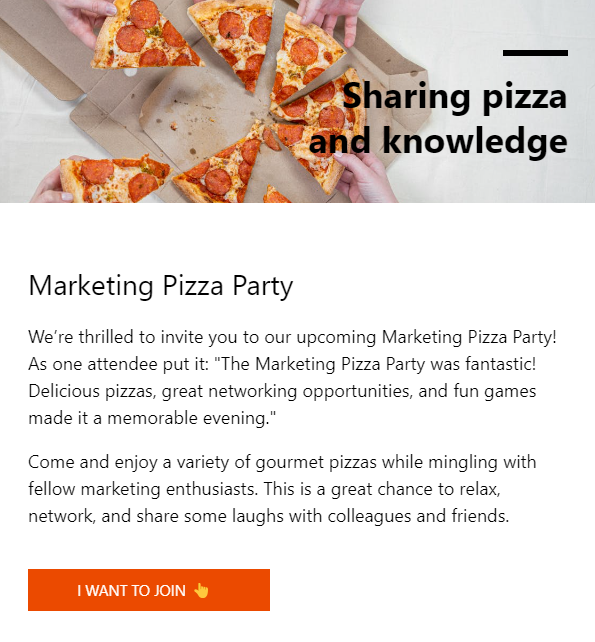· 4 min read
I'm telling you...
Using the concept of social proof in event communications.

There is a saying in Dutch called “we from WC 🦆, sell WC 🦆” in which WC 🦆 is a toilet cleaning brand. This is the opposite of ‘social proof’, where the company is essentially selling itself. There are many other ways to sell your product or, in this case, your event. Perhaps the best way is to leverage the power of customers who have experienced your event before, attended previous editions, or completed your course - the concept known as social proof.
The birthday cake for my daughter’s 2nd birthday party was so good that people talked about it for quite some time afterwards. So, for my daughter’s Elsa-themed 👩🏻🦳❄️🤍 3rd birthday party, we made sure to include a picture of last year’s birthday cake and some guests in the invitation. Simple as that!
So, what is the concept of social proof?
We humans are social creatures and like to be part of a group. This allows us to imitate one another, and share a feeling of ‘we are together’. When an individual shares experiences or opinions with group members, these are seen as social proof, especially when more group members share that experience or opinion. We can use this influence principle, described by Robert Cialdini, to encourage people to register for our events. Let’s look at two simple ways to do this.
Using the number of registered people
A great way to create social proof in your event communications is to show the number of people already registered. This is the opposite of showing the available capacity. It creates a sense of FOMO (Fear Of Missing Out) and provides social proof. If so many people have registered, then it must be good!
The number is only as good as the number of people who registered. One registrant might not sound as good as ‘join 36 dedicated email marketer colleagues’ or ‘ join 124 customer service professionals’. So bewbe cautious when you start using this number on your registration form.
How to set up the number of registered people?
Since this is already a field on the event itself, this step is much easier. It is called ‘Registration count’. You can use this field in your email communication, but also on the registration form. You can use the how-to video from the previous post to get the number on the registration form.

A good example is to place this number in your 1-week-prior-to-event email to people who have already registered. This way, they might feel extra special to be part of the group, which might increase engagement towards the event and improve your no-show-rate.

Using user-generated content
Another way to use social proof in your event communications is the use of user-generated content. User-generated content includes any content not generated by your company, such as reviews, social media posts, photos and videos. This content is the ultimate element of social proof. Make sure you get consent to use these materials.
If you organize multiple events per year with a similar context or use Dynamics Customer Insights Journeys to manage your courses, training, education or workshops, it is a good idea to use user-generated content inside your invitation and confirmation process. Place a testimonial on your registration form landing page or use photos of previous events in your invitation email. These can help to nudge the (potential) customer to register for your event.

Wrap up
Using social proof in your event communications is a effectibe way to nudge (potential) customers to register. Two simple ways to do this are using the number of people already registered for your event and user-generated content. These can be easily added to your email marketing or event registration form landing page. Just give them a little social nudge!
Continue the Event story
Please register here - The invitation process